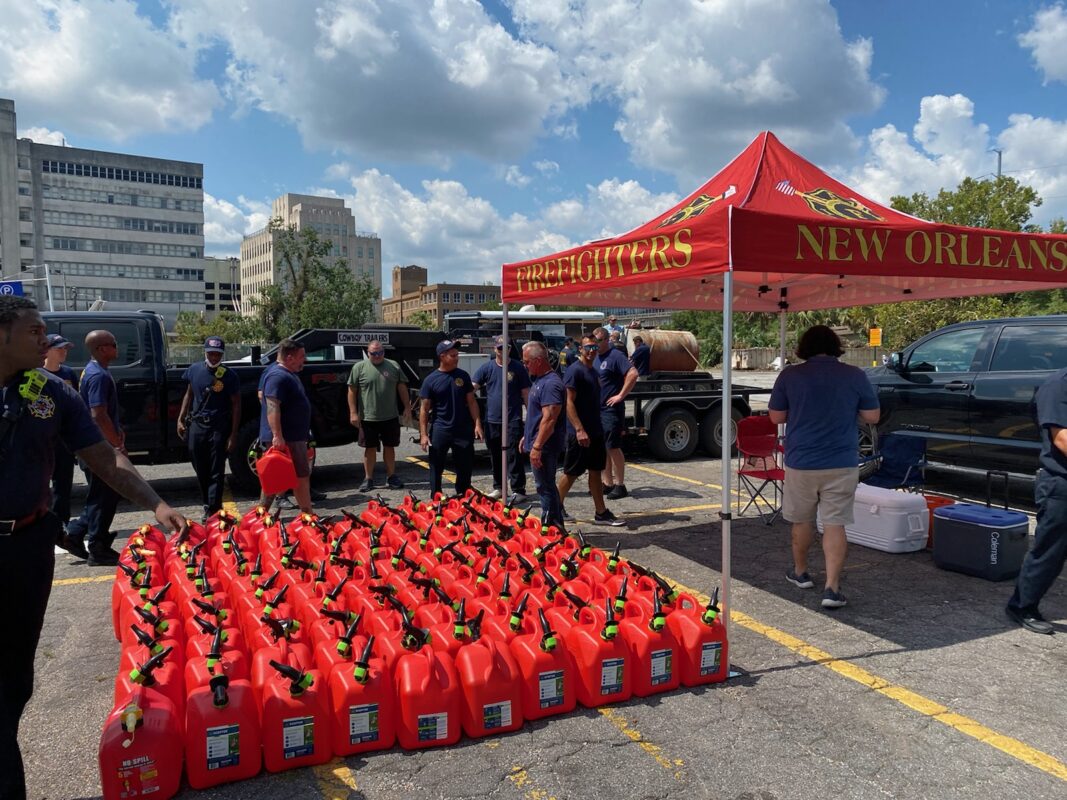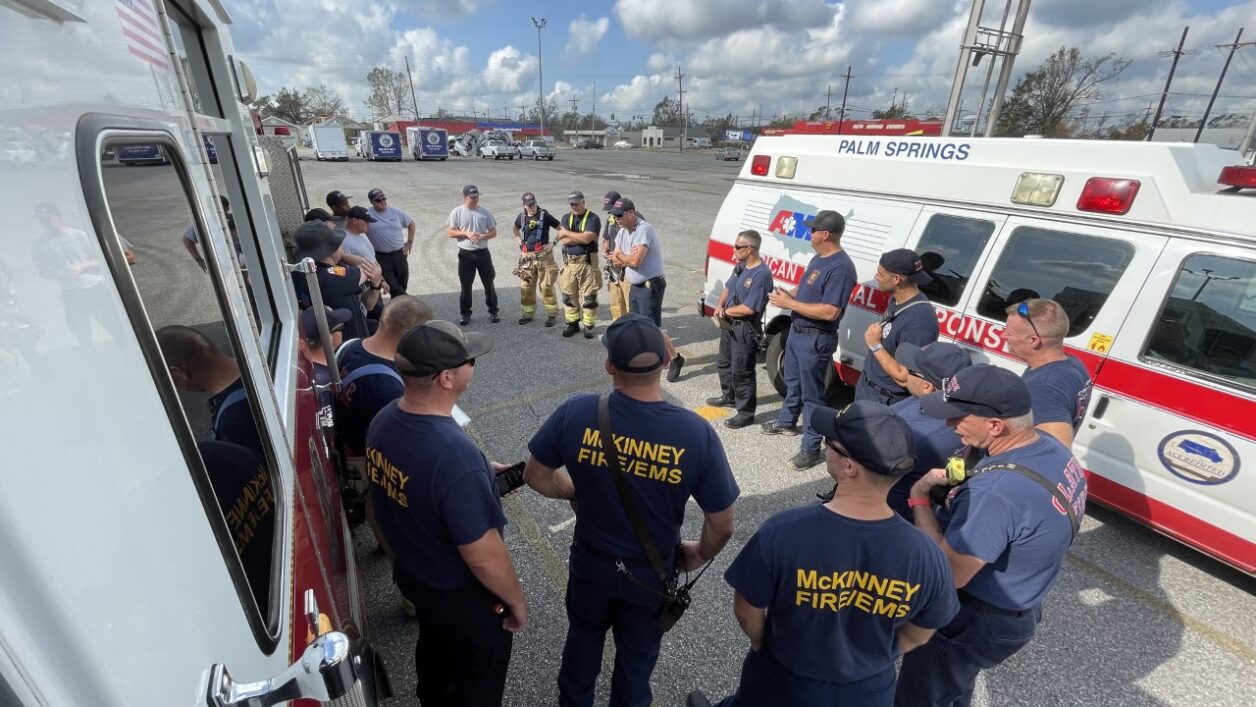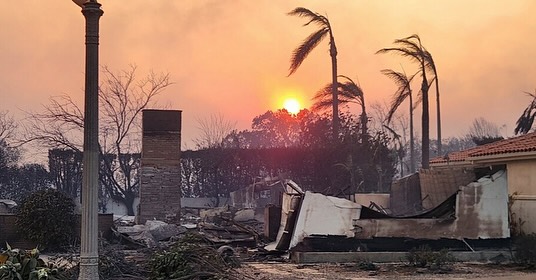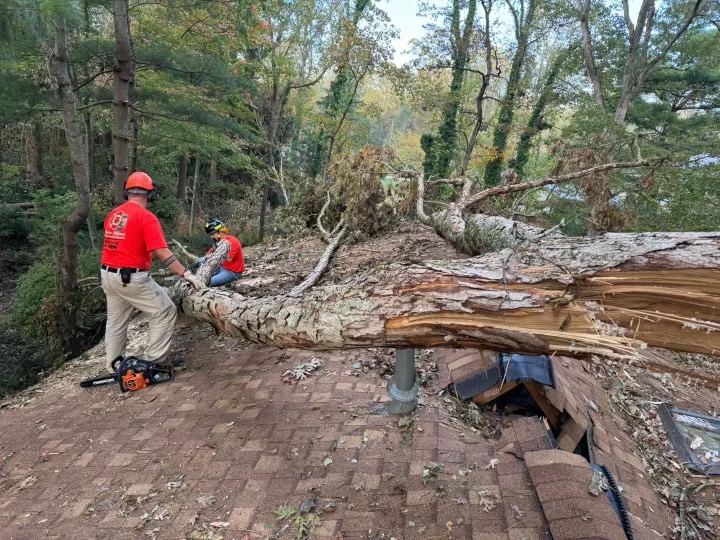
Disaster Relief
When disasters strike, IAFF fire fighters and emergency medical workers are first on the scene – protecting their communities around the clock. Our Disaster Relief program facilitates a rapid response to care for members and their families on the ground during these trying times, providing fuel, food, water, equipment, peer support, and direct financial aid. From the front porch to the frontlines, we’re with members every step of the way.
Disaster Resources
IAFF Resources
- Disaster Preparedness Guide
- Disaster Response: Health & Safety Information Guide
- Disaster Response Medical Recommendations: Pre and Post-Exposure
- Disposing of Dead Bodies After a Disaster
- Cleaning of Personal Protective Equipment After Exposure to Flood Waters
- Hepatitis A Information
- Hepatitis A Vaccination
- Fire Ants
- Flood Water Exposure
- Tetanus
- Exposure Reporting and Tracking
Behavioral Health Post-Disaster
federal Resources – U.S.
- ready.gov
- Department of Homeland Security/FEMA
- Centers for Disease Control and Prevention (CDC/NIOSH)
- Occupational Safety and Health Administration (OSHA)
- U.S. Department of Health and Human Services
- National Oceanic and Atmospheric Administration
- Administration for Strategic Preparedness & Response
- National Institute of Environmental Health Sciences (NIEHS)
- Red Cross
- Salvation Army
federal Resources – CANADA

IAFF Disaster Relief
The IAFF Foundation provides immediate financial assistance to help displaced fire fighters and their families while they continue to serve the surrounding communities.
The IAFF Foundation provides immediate financial assistance to help displaced fire fighters and their families while they continue to serve the surrounding communities.
Disaster Relief funds are available to IAFF members who are displaced from their homes as the result of a disaster these include man-made disasters, floods, hurricanes, tornadoes, earthquakes and other events. If you meet the following criteria, use our application form to request funds:
- The applicant must be a current IAFF member at the time the disaster occurred.
- The member must reside in the area in which the disaster occurred.
- The member’s eligibility is based solely on need as determined by a majority of the trustees.
- Members are eligible for assistance only if their home is damaged and they are displaced because of the disaster.


